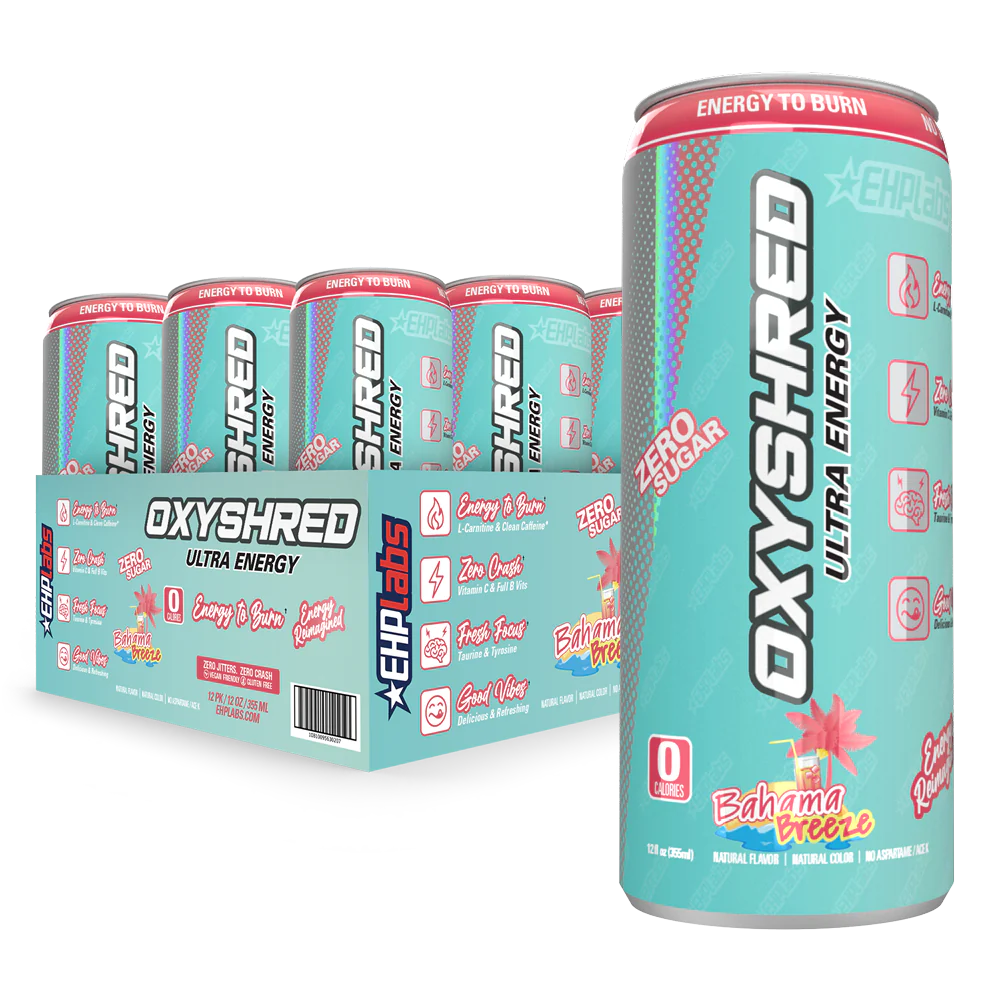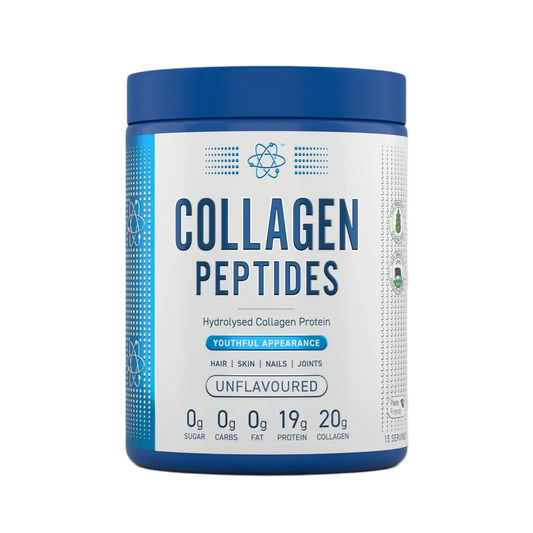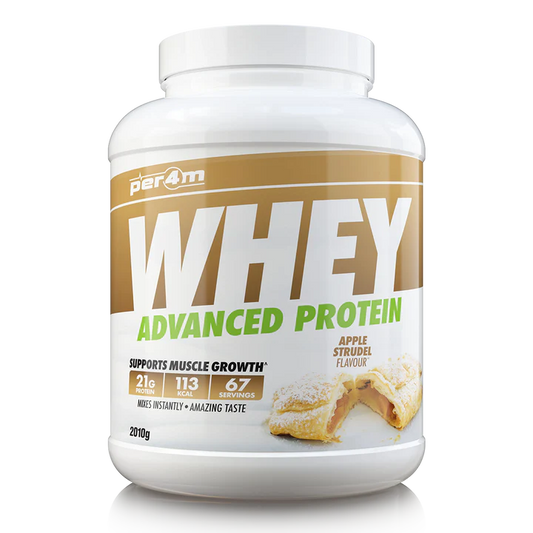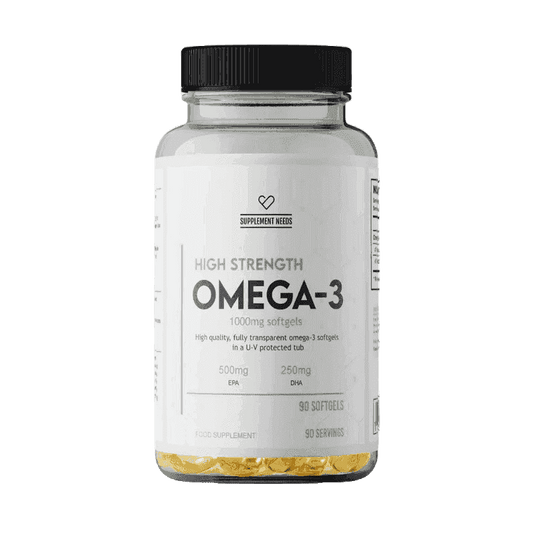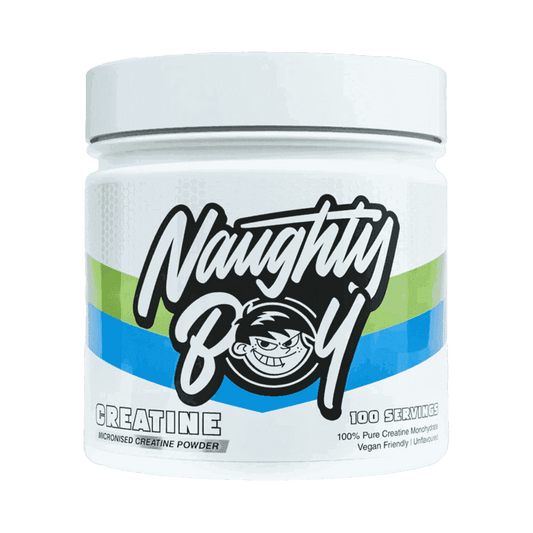Introduction: Why This Debate Matters
Recovery is the silent partner to every hard workout. You can smash squats, chase sprints, or rack pull until your traps scream, but if your body doesn’t recover well, progress slows to a crawl. Recovery isn’t just about sleep and hydration — it’s about what you feed your muscles once the work is done. And in the protein world, one debate keeps bubbling up: Clear Whey vs Whey Isolate.
Both are designed for fast digestion and lean muscle repair, but they’re not identical. Clear Whey has become the trendy option — light, refreshing, almost like juice. Whey Isolate, meanwhile, has been the gold standard for athletes chasing pure protein with minimal extras. But which one actually gives you the edge when it comes to muscle recovery?
In this first half, we’ll break down the science of recovery, examine how different proteins work, and tackle big questions like whether creatine or whey makes more sense post-workout. We’ll also look at timing — when is the best moment to take your shake for maximum results? By the end, you’ll know exactly what’s going on behind the hype.
1) Is Whey Protein or Isolate Better for Muscle Recovery?
Whey protein is already famous for being “fast-digesting.” That means once you down a shake, amino acids hit your bloodstream quickly, triggering muscle protein synthesis (MPS). For anyone dealing with DOMS (delayed-onset muscle soreness), that’s crucial.
But here’s the key distinction: whey protein isolate is filtered further than regular whey concentrate. That process removes most of the fat and lactose, leaving you with a powder that’s around 90% protein. The result? Faster absorption and fewer digestion issues.
Clear Whey is essentially isolate taken one step further. It undergoes additional hydrolysis to break the protein down into smaller peptides, which makes it even easier on the stomach and gives it that translucent, juice-like finish when mixed with water.
👉 So which is “better”?
-
Whey isolate offers slightly more satiety and still blends creamy, which can feel like a “meal replacement.”
-
Clear Whey delivers pure recovery speed and a lighter, less filling drink — perfect if appetite is low after intense training.
For a lot of athletes, the right choice depends on their post-gym appetite. If you want something light and refreshing, Clear Whey edges ahead. If you want a shake that feels substantial, Isolate holds the crown.
💡 Pro tip: If you’ve struggled with bloating or heaviness after protein shakes, Clear Whey may solve it without compromising recovery.

2) Which Is Better for Recovery: Creatine or Whey Protein?
This is where things get interesting. Creatine and whey protein work differently, but both support recovery.
-
Whey protein (isolate or clear) supplies amino acids to rebuild damaged muscle fibres, directly repairing tissue and reducing soreness.
-
Creatine doesn’t rebuild muscle in the same way, but it restores ATP (your cells’ energy currency). That means faster energy recovery between sets — especially in strength training.
So which is better? Honestly, it’s not an either/or choice. Protein repairs muscle; creatine restores energy. If you want optimal recovery, they’re better together.
In fact, studies show that combining whey protein and creatine improves lean muscle gain more than taking either alone. Think of whey as fixing the “broken bricks” after a workout, while creatine refuels the construction site so workers can keep building.
💡 Pro tip: If you’re already taking creatine, add it straight into your whey shake. One scoop of creatine monohydrate in a Clear Whey or Isolate drink is one of the simplest and most effective recovery stacks available.
3) Does Whey Protein Speed Up Recovery?
Short answer: yes. Whey is one of the fastest proteins to digest, which is why it’s so widely used post-workout.
Here’s why:
-
Whey is rich in leucine, the amino acid that flips the switch on muscle protein synthesis.
-
It digests quicker than casein or whole-food proteins like chicken or eggs.
-
Within 30–60 minutes of drinking, amino acid levels in your blood spike — a window that’s perfect for muscle repair.
Both isolate and clear whey perform here, but Clear Whey’s hydrolysed peptides may give it a tiny edge in speed. That said, the difference is marginal — unless you’re training multiple times a day, you won’t notice a huge gap.
💡 Pro tip: Pair whey with fast-digesting carbs like fruit or a sports drink post-workout. This combination spikes insulin slightly, which helps shuttle amino acids into muscle faster. It’s why old-school bodybuilders always had their “protein and carbs” shake straight after training.

4) Should I Take Whey Isolate Before or After a Workout?
The timing question is a classic — do you fuel up before training, or repair after?
-
Before workout: Whey isolate can provide a steady stream of amino acids if you haven’t eaten in a while. Because it’s light and digests quickly, it won’t weigh you down like whole meals.
-
After workout: This is the traditional sweet spot. Your muscles are primed for nutrients, glycogen stores are depleted, and whey helps trigger repair instantly.
Clear Whey is particularly effective after a workout for people who don’t feel hungry post-training. Instead of forcing down a heavy shake or meal, you can sip a light, fruit-flavoured Clear Whey that hydrates and fuels muscle recovery.
💡 Pro tip: If you’ve had a proper protein-rich meal within 2–3 hours of training, your post-workout whey doesn’t need to be rushed. But if you’ve trained fasted or it’s been more than 4 hours since eating, taking whey immediately after your session becomes much more important.
✅ Recap of Part 1
So far, we’ve tackled:
-
The difference between whey protein and whey isolate for recovery.
-
Why creatine and whey together are better than choosing one.
-
How whey speeds up muscle repair post-training.
-
The role of timing (pre vs post-workout) in maximising results.
Products Mentioned in Part 1:
-
Combat Fuel Clear Whey – light, refreshing option for quick digestion.
-
Per4m Advanced Whey Protein – creamy, versatile isolate for sustained recovery.
-
Naughty Boy Prime Creatine – perfect to combine with either whey for recovery + energy.
🔜 Coming Up in Part 2
In the second half, we’ll go deeper into:
-
What really separates Clear Whey from Isolate.
-
Whether Clear Whey Isolate is worth the hype.
-
Why Clear Whey often costs more.
-
How it stacks up for muscle growth.
-
The negatives you should know before buying.
-
Plus a detailed FAQ to settle the most searched questions.
Clear Whey vs Isolate: Which Is Best for Recovery? (Part 2)
5) What Is the Difference Between Clear Whey and Whey Isolate?
At first glance, Clear Whey and Whey Isolate seem almost identical — both deliver lean protein, both digest quickly, and both are favourites for recovery. But their differences aren’t just cosmetic.
-
Whey Isolate is filtered from milk to remove most fats and lactose, giving you a creamy powder with around 90% protein content. It mixes thick and milky, making it feel substantial — almost like a light meal.
-
Clear Whey, however, takes this further. It’s hydrolysed (broken down into peptides) and filtered again, removing the cloudy texture and creating a translucent, juice-like drink. It looks and tastes more like squash or cordial than a shake.
This changes the experience entirely. Some lifters prefer the satiety of a traditional whey isolate shake, while others want something refreshing that hydrates as it recovers.
💡 Pro tip: For those who dislike milky shakes or struggle with appetite post-training, Clear Whey is often a game-changer. It lets you get your protein in without feeling heavy.
6) Is Clear Whey Isolate Better Than Clear Whey?
Here’s where things get confusing — some brands market “Clear Whey Isolate.” What does that even mean?
Technically, all Clear Whey is already made from isolate. The “clear” effect comes from extra filtration and processing. So Clear Whey Isolate is essentially the same thing as Clear Whey — just branded differently to emphasise its isolate base.
Nutritionally, there’s no difference worth stressing over. The bigger distinction is simply between creamy whey isolate and juice-like clear whey.
💡 Pro tip: Don’t get caught up in labelling wars. Whether the tub says “clear whey” or “clear whey isolate,” the key is protein per serving, taste, and how well it suits your digestion.

7) Why Is Clear Whey So Much More Expensive?
One of the main complaints about Clear Whey is cost. Pound for pound, it usually costs more than regular whey isolate. Why?
-
Processing: The extra hydrolysis and filtration steps make manufacturing more expensive.
-
Innovation tax: Clear Whey is relatively new, so brands often price it higher as a “premium” product.
-
Convenience factor: Many athletes are willing to pay more for something lighter, tastier, and easier to consume — especially if it helps them stick to their nutrition goals.
Is it worth it? That depends on your lifestyle. If you love creamy shakes and don’t mind the texture, isolate might be more cost-effective. But if you regularly struggle with appetite, or want a shake that feels more like a refreshing drink, Clear Whey can be worth the extra.
💡 Pro tip: Use Clear Whey when you’re training in the heat or pushing through sweaty endurance sessions. You’ll be far more likely to drink it consistently than a heavy shake.
8) Is Clear Whey Isolate a Complete Protein?
Yes — and this is important. A “complete” protein means it contains all nine essential amino acids your body can’t make on its own. Both Clear Whey and Whey Isolate are complete proteins, making them superior to plant proteins that sometimes fall short in amino acid balance.
Clear Whey often gets dismissed as being “just flavoured water,” but nutritionally it’s nearly identical to isolate. One scoop typically delivers 20g+ of protein with the full amino acid profile, including leucine — the key trigger for muscle protein synthesis.
💡 Pro tip: If you’re cutting calories or struggling with appetite, Clear Whey gives you the same recovery power as isolate, just in a lighter package.
9) Does Clear Whey Isolate Build Muscle?
The short answer: absolutely. Muscle growth doesn’t depend on whether your protein is clear or creamy — it depends on total protein intake, amino acid quality, and training stimulus.
Both Clear Whey and Isolate contain high levels of leucine, which switches on muscle-building pathways in the body. Consistently hitting your protein targets is far more important than the format of the shake you choose.
The real advantage of Clear Whey is compliance. Many people find it easier to sip a refreshing, juice-like drink throughout the day than to down multiple heavy shakes. That means you’re more likely to hit your daily protein goals — and in the long run, that consistency is what builds muscle.
💡 Pro tip: Don’t overthink the format. Choose whichever you’ll drink consistently, because consistency is what drives results.
10) What Are the Negatives of Clear Whey?
Clear Whey has plenty of benefits, but it’s not perfect. Here are the main drawbacks:
-
Cost: It’s often significantly more expensive than whey isolate.
-
Foaming: Many clear whey powders foam up when mixed, which can be annoying. You may need to let them settle before drinking.
-
Taste variance: While many flavours are excellent, some can taste overly sweet or artificial compared to creamy whey shakes.
-
Satiety: Because it’s light and refreshing, it won’t keep you full for long. If you need something to act as a meal replacement, Clear Whey isn’t ideal.
💡 Pro tip: Keep Clear Whey for post-workout or hydration-style snacks, and use isolate if you want a shake that doubles as a small meal.
✅ Recap of Part 2
In this section, we’ve covered:
-
The core difference between Clear Whey and Isolate.
-
Why Clear Whey Isolate is just clever branding.
-
Why Clear Whey tends to cost more.
-
Whether it’s a complete protein (yes).
-
If it builds muscle (also yes).
-
The main drawbacks you should know about.
Products Mentioned in Part 2:
-
Combat Fuel Clear Whey – light, juice-style protein for easy digestion.
-
Per4m Advanced Whey Protein – creamy, classic isolate.
-
Naughty Boy Prime Creatine – a perfect companion supplement for either option.
-
Supplement Needs Omega 3 – to reduce inflammation alongside protein recovery.
-
Applied Nutrition Collagen Peptides – for connective tissue support.
Conclusion: Clear Whey vs Isolate — Which Wins?
If you’re asking which is “better” for recovery, the truth is both work brilliantly. Whey isolate is the old faithful — reliable, affordable, and highly effective. Clear Whey is the innovative newcomer — lighter, refreshing, and more appealing if you dislike milky shakes or struggle with appetite.
For muscle growth, both deliver the same amino acids. For recovery, both are fast-digesting and effective. The deciding factor is preference and lifestyle.
-
Choose Clear Whey if you want something light, hydrating, and refreshing.
-
Choose Isolate if you prefer a creamy shake that fills you up and doubles as a meal replacement.
At the end of the day, the “best” protein is the one you’ll actually use consistently. That’s the one that will help you recover faster, train harder, and ultimately see results.
FAQ: Clear Whey vs Isolate
1. Is clear whey or isolate better after a workout?
Both are excellent, but Clear Whey feels lighter and hydrates better if appetite is low.
2. Which digests faster: clear whey or isolate?
Clear Whey is hydrolysed, so it digests slightly faster — but the difference is marginal.
3. Is Clear Whey good for low appetite recovery?
Yes, it’s one of its biggest benefits. Clear Whey is light, refreshing, and easy to drink even when you’re not hungry.
4. Does whey isolate taste better than Clear Whey?
It depends — isolate has a creamy, milkshake-like taste, while Clear Whey is fruity and juice-like. It’s purely preference.
5. Why is Clear Whey so expensive compared to isolate?
Extra processing, branding, and demand for “lighter” proteins all drive up the cost.
6. Is Clear Whey a complete protein?
Yes. It contains all nine essential amino acids, making it just as effective as isolate.
7. Can I build muscle with Clear Whey alone?
Yes — as long as you hit your daily protein targets, Clear Whey builds muscle just like isolate.
8. What’s the best protein shake for post-workout recovery?
The best is whichever you can drink consistently. For some, that’s Per4m Advanced Whey; for others, Combat Fuel Clear Whey.
9. Does creatine work better with whey isolate or Clear Whey?
Creatine works equally well with both — it’s about convenience. Add it to whichever shake you prefer.
10. Should I avoid Clear Whey if I want to feel full?
Yes. If you need satiety, whey isolate is the better choice.
